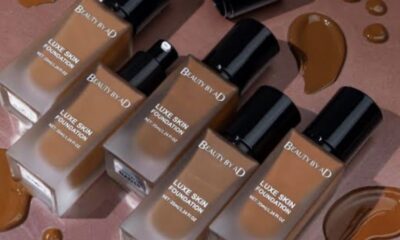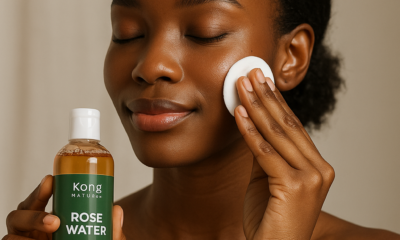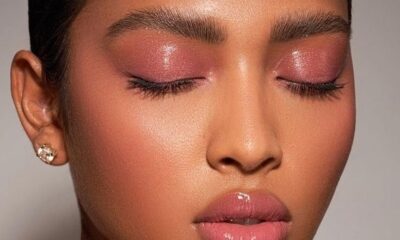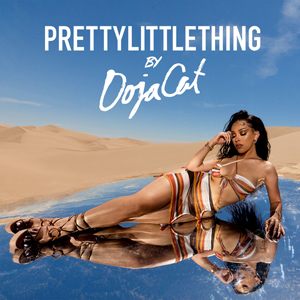Beauty
Nene Leakes and Her Beauty Style
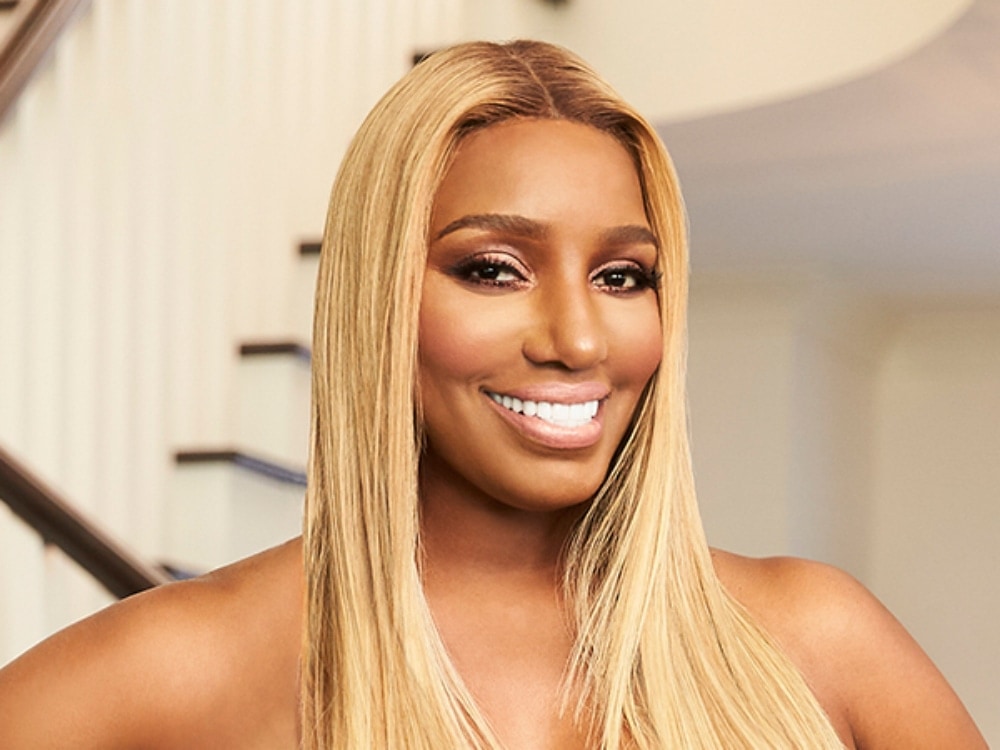
Beauty
Botox vs. Fillers: What They Actually Do—and How to Tell If Either One’s for You
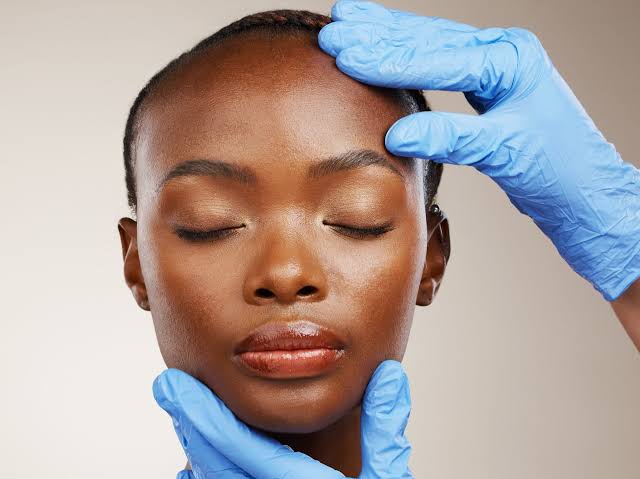
Maybe it starts with a conversation—someone you know mentions getting a little “touch-up,” or you scroll past a post about cosmetic treatments that makes you curious. You’ve never thought much about it before, but now the idea echoes. What exactly do these treatments do? And how different are they, really?
Botox and fillers often come up together, especially in discussions about aging or facial aesthetics. While they’re sometimes grouped under the same umbrella, they serve very different purposes. Understanding how each one works can help you figure out which—if either—might suit your needs.
Understanding Botox

Botox works below the skin. It’s used to relax specific facial muscles—especially those that move when you frown, squint, or lift your eyebrows. These repeated movements eventually leave lines behind, most often on the forehead or around the eyes.
When the muscle is relaxed, the skin above it isn’t pulled in the same way, and the lines tend to fade or become less obvious. It doesn’t stop all motion and doesn’t have to look stiff. In the right hands, it simply softens the more noticeable signs of repeated expression.
What Fillers Are Meant to Do
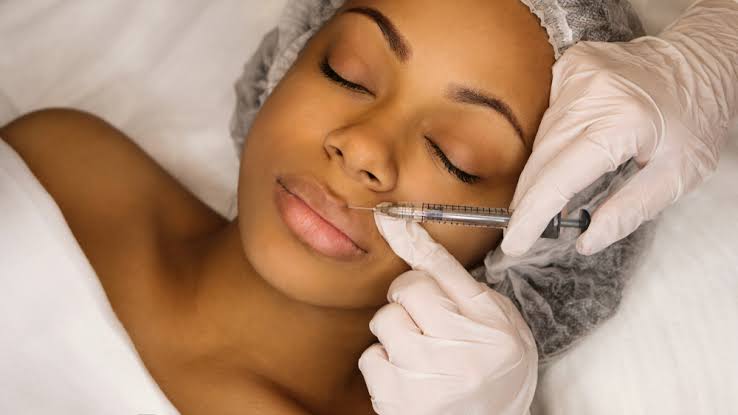
Fillers are different. They’re not about muscle—they’re about volume. As the skin ages, it loses some of its natural support. Cheeks may look flatter, lips thinner, or the area under the eyes a bit hollow. That’s where fillers come in.
Most are made from hyaluronic acid, which holds moisture and adds structure. When placed carefully, fillers can bring back some fullness and shape. They’re also used to define features that have started to lose their edge. Done well, they don’t change your face; they just give it a bit of its old firmness back.
Choosing Between the Two

If you notice wrinkles that deepen when your face moves—like when you squint or frown—Botox may help. If what’s bothering you is volume loss, or a change in the overall shape of your face, then a filler might be more suitable.
Some people choose to combine the two. Botox to settle the muscles, and fillers to rebuild what’s faded. But there’s no rule. It depends on what you’re comfortable with and what result you’re looking for.
Why the Person Doing It Matters
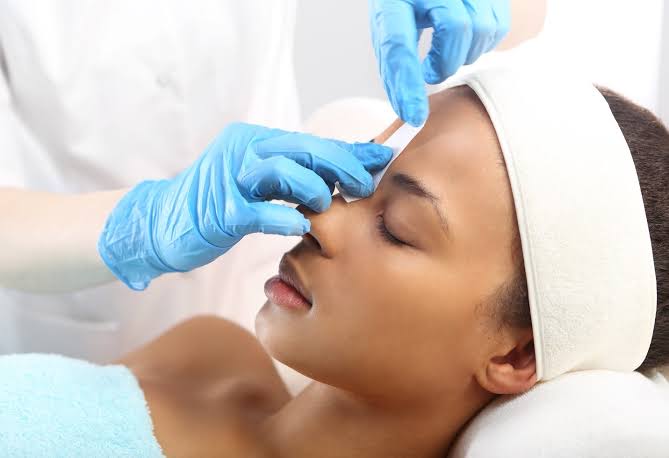
These are not over-the-counter treatments. They require medical skill and good judgment. Whoever you see should have proper training and know how to apply these tools with care and restraint.
Before going ahead with anything, ask to see examples of past work. A solid consultation should include a real conversation—where you feel free to ask questions and get honest feedback, not a sales pitch. The best practitioners don’t rush and won’t push you into decisions.
You Decide What Matters
There’s no correct age to start any of this. There’s no standard version of how you’re supposed to look. These treatments are personal. Some people try them and feel better for it. Others don’t feel the need.
Either way, it’s your face. You’re the one living in it every day. If you choose to do something, let it be for you—not because of pressure or trends, but because it feels right in your own mind.
Beauty
The Ultimate Natural Glow? Turmeric Might Be the Secret

Let’s be honest—everyone wants skin that looks hydrated, rested, and effortlessly clear. The kind that doesn’t rely on filters or a shelf full of serums. For some, it comes down to genetics. For others, it’s a slow process of finding what works (and what definitely doesn’t). But one simple ingredient that’s quietly resurfaced in skincare circles might be worth your attention—and chances are, it’s already sitting in your kitchen. Turmeric. Yes, the same spice you add to curry might be the glow-up your skin’s been waiting for.
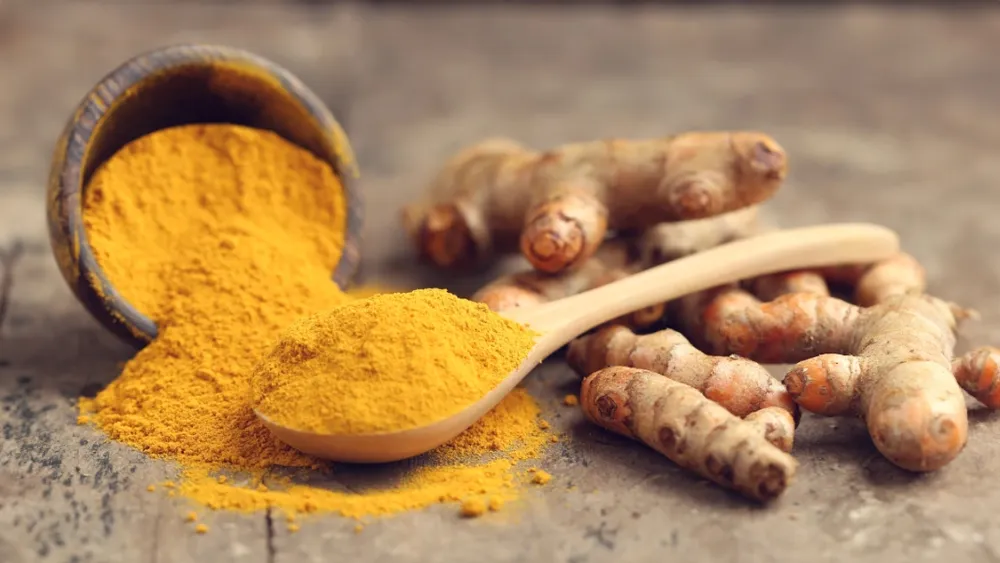
Turmeric isn’t some new trend. It’s been part of beauty and wellness routines in India, Indonesia, and parts of Africa for generations. What’s changed is how it’s now showing up everywhere—face masks, tonics, scrubs, and even smoothies. That’s largely thanks to curcumin, the main active compound in turmeric, which has antioxidant and anti-inflammatory properties. In simpler terms: it helps calm irritated skin, tackles dullness, and may even out your complexion if used regularly.

What makes turmeric even more appealing is how many ways you can use it. Some people mix it with honey for a DIY mask. Others stir it into warm milk or smoothies for an internal boost. There’s no single “correct” way, but whichever path you choose, consistency is what matters. One face mask won’t change your skin overnight—but steady use, alongside basic skincare and healthy habits like staying hydrated, can lead to noticeable results.
Of course, turmeric isn’t perfect. It stains—fabrics, surfaces, even your skin. A heavy hand can leave your face with a golden tint that lasts longer than you’d like. Start small and be cautious with how much you use in homemade recipes. If your skin tends to be sensitive, do a patch test first or check in with a dermatologist before committing to anything new.

Also, don’t fall for products that splash “turmeric” across the label but barely include enough of it to make a difference. Ingredients lists matter. Look for turmeric in the top half of the list, not tucked away at the bottom behind a dozen fillers.
There’s something refreshing about turning to a time-tested, natural ingredient that doesn’t come wrapped in hype. Turmeric won’t transform your skin overnight—but it might give it the steady, gentle care it’s been needing. Think of it as more of a long-term friend than a quick fix.
So if you’re after that low-effort, natural glow—the kind that doesn’t look overly polished—turmeric could easily become your new skincare staple. Just make sure to rinse thoroughly… unless you’re trying to match your spice rack.
Beauty
Wigs, Braids, and Bold Cuts—Celebrity Hair Moments to Save
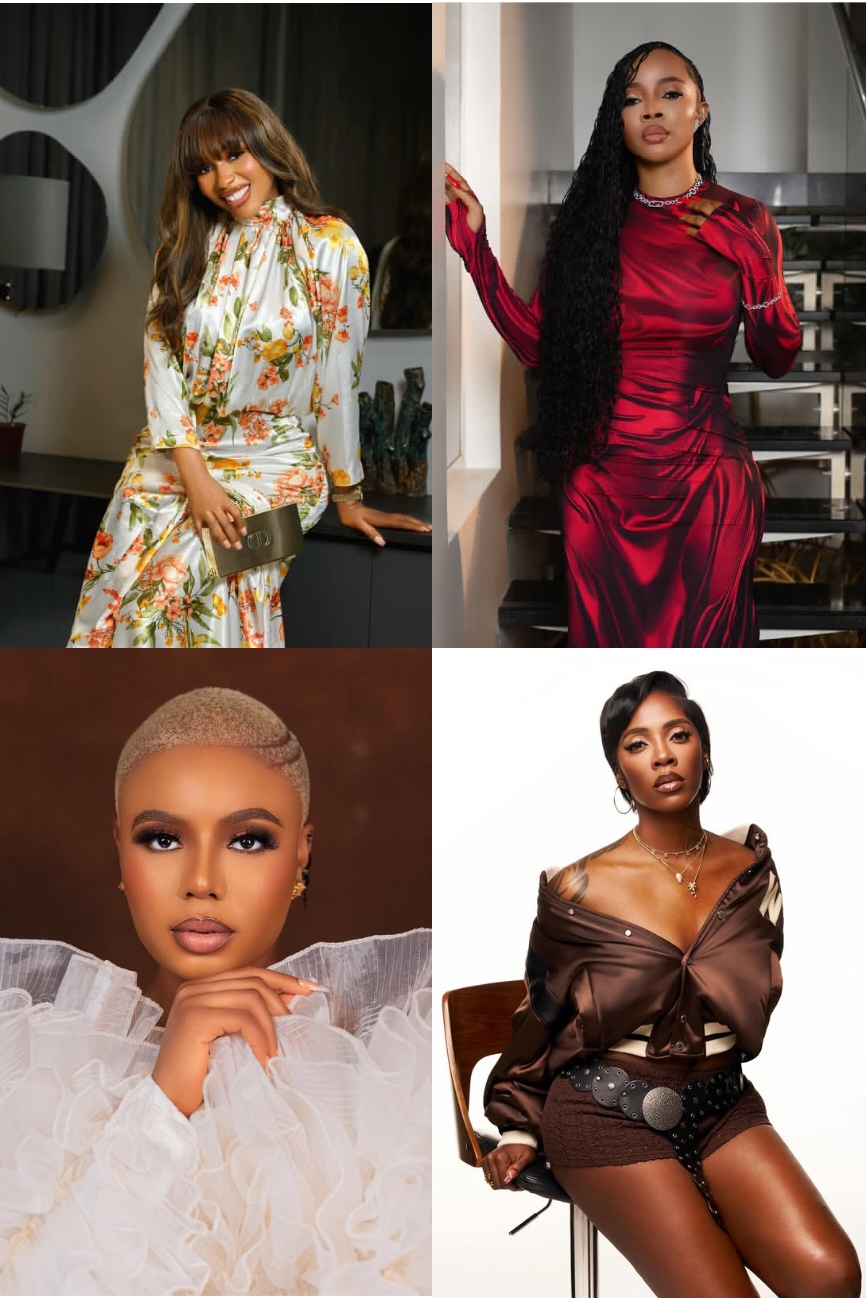
Imagine a world where bad hair days are a thing of the past, and every day is a good hair day. Welcome to the world of celebrity hairstyles, where trends are born, and fashion risks are taken. In this fabulous world, four celebrities stand out for their daring, stylish, and downright stunning hairstyles. From wigs that slay to braids that amaze, and bold cuts that inspire, Nancy Isime, Toke Makinwa, Mercy Eke, and Tiwa Savage are the hair icons you need to know. So, let’s dive in and explore their most memorable hair moments.
Nancy Isime: The Queen of Edgy bold Cuts
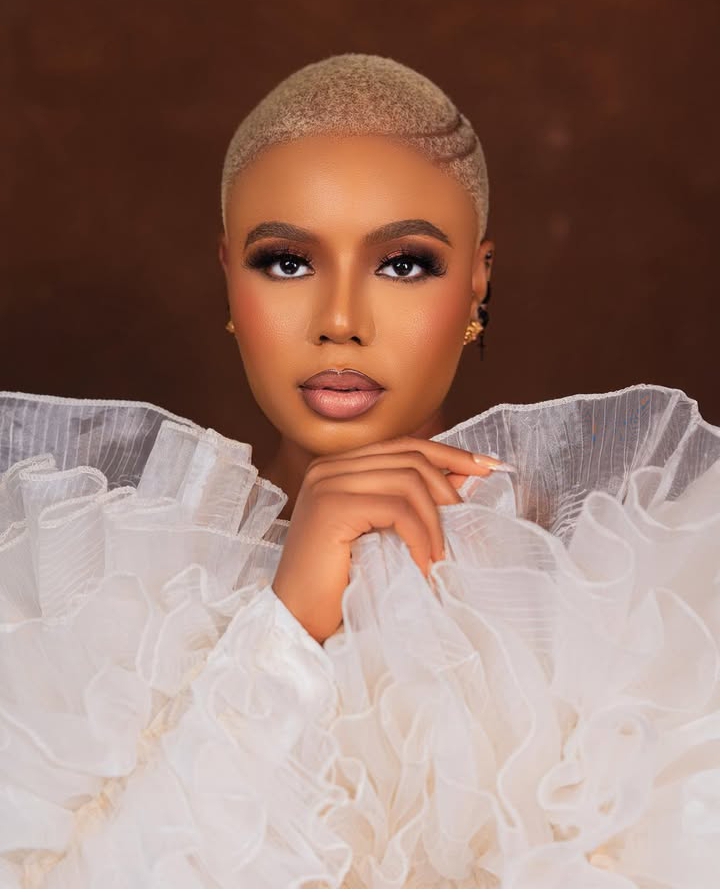
Nancy Isime in her bold low cut era
Nancy Isime is no stranger to making bold fashion statements, and her hairstyles are no exception. Every other day, you see most celebrities rock wigs in different volumes and style and it’s more like a safe hair option for them but Nancy, being daring choose to stand out in low cuts. You can make low cut work for you too by knowing how to style it like Nancy either going tinted or neutral. If you are looking for that go-to low cut style, then you should give this a try. Enough of the wigs. Variety they say it’s the spice of life.
Toke Makinwa: The braided beauty
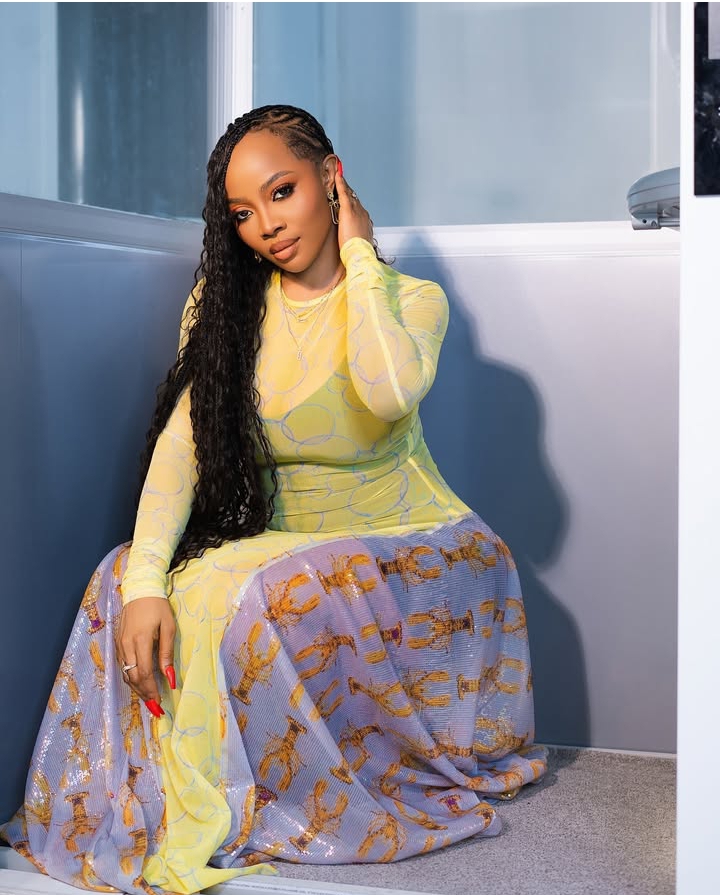
Toke Makinwa in her braid era
Toke Makinwa is known for her impeccable style, and her hair game are always on point. From sleek, straight locks to curly, voluminous units, Toke has rocked them all. But, here’s the twist, we all know celebrities to rock mostly wigs but here’s Toke Makinwa who has beautifully defied that perception in this knotless box side styled braids. The braids have a curly extension attached towards the end to give it a flowing and voluminous look and she rocked it so well. Take a cue from Toke and give braids a try today. Go on a “braided hair era”.
Mercy Eke: The Wig Slayer

Mercy Eke slaying it off in wig
Mercy Eke, is one fashion icon that rarely has a bad fashion day down to her hair. If you are looking for wig inspirations, she’s that mood board. Her timeline says it all. She’s always serving in her wigs. Whether she’s on a frontal, closure or full fringe unit, she knows how to slay it all. Her ability to pull off any wig style with ease is truly impressive. Mercy sure knows how to make a statement with her hair. If you are a braids girly, consider incorporating wigs in your hair game and switch things up.
Tiwa Savage: The Pixie cut Slayer

Tiwa Savage in her pixie cut
Tiwa Savage is such a pixie cut queen. She never misses in her bold cut moments. While low cuts like that of Nancy’s give its own attraction, there’s something spectacular about pixie cuts. It enhances the shape of the cheekbones and face. Tiwa truly understands her hair game and slays it to perfection. This style is for times you don’t want to do too much but still make a statement. Get inspired and rock yours.
Whether you’re looking for inspiration for your next hairstyle or just want to stay up-to-date on the latest celebrity hair trends, these ladies are definitely worth keeping an eye on.
-

 Celebrity News1 week ago
Celebrity News1 week agoSophia Egbueje, Often imitated never duplicated!
-
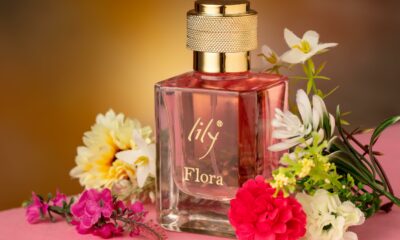
 Fragrance2 months ago
Fragrance2 months agoMaster the Art of Perfume Layering for a Signature Scent
-

 Movies2 months ago
Movies2 months agoThe 5 Best New Nollywood Movies to See on Netflix
-

 Celebrity News2 months ago
Celebrity News2 months agoFrom Nollywood to the Navy: Grace Bassey, Former Nollywood Actress,Joins the U.S Navy.
-

 Beauty2 months ago
Beauty2 months agoUnapologetically Red: Nancy Isime’s Unwavering Commitment to her Favorite Lipsticks Shades
-

 Sex & Relashionships1 month ago
Sex & Relashionships1 month ago10 Signs You Are The Less Affectionate Partner
-

 Deco1 month ago
Deco1 month agoWall Deco Inspiration – How to Create a Gallery Wall
-

 Accessories1 month ago
Accessories1 month agoWhy Labubu Dolls Are Nigeria’s Newest Fashion Craze
-

 Food1 month ago
Food1 month agoFood for Thought: The Psychology of Eating
-

 Bags1 month ago
Bags1 month agoInside Kiki Osinbajo’s Stunning Designer Bag Collection



